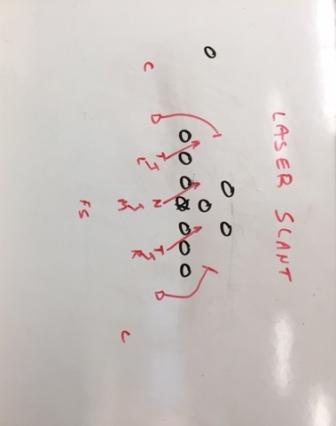
You can use many different strikes in self-defense situations. The attack's location and proximity will dictate which strike you use. Your hand should be used if the attacker lies on your upper body. For soft targets, you can strike with a knife hand position or a palm strike. A tightly curled fist is another effective strike.
Outward block
The outward block works in the same way as a boxer's parry except that you don't take an opponent's punch but block them from the outside. Depending on where the opponent is trying to hit, this block can be done on the face, midsection or ribs.

Side elbow
The side elbow can be used as a defensive move. The elbow bone is thicker that the bones in the hands, so it can be used as an opponent's brick wall. It can do serious damage if used in self-defense.
Eye strike
The eye strike, a basic self-defense technique, can be used against an opponent to inflame or incapacitate them. It can be performed with your thumb, fingers, or thumb. When used properly, it is very powerful. The key is to make sure that your strikes are powerful, resolved quickly, and are repeated.
Rotate your wrists
One of the best self defense techniques is to turn your wrists if you are being grabbed by someone's wrist. This will enable you to escape the attack with minimal force. If the attacker holds you down with a strong grip, you can use your shoulder power to break the hold.
Flattening an attacker's ear using a flat hand
Slapping an assailant with a flat hand can be an effective self-defense technique that can be used to stop an attack. The mandibular angle nerve is located in the ear and is easy to reach with a weak hand. You should secure your hand in your armpit before you slap someone. You can then hit the assailant's ears in the other direction.

Avoid confrontation
Self-defense is all about avoiding confrontation. You only have five seconds to react in a confrontation. Being a target is the last thing you want. To avoid being hit, it is important to stay calm and alert to your surroundings. If an attacker approaches, keep your eyes on the person's back and neck.
FAQ
How do beginners do self-defense?
Self-defense does not require that you have been trained by an expert. It is also important to be able defend yourself alone. Learn some basic techniques to defend yourself from an attack.
Begin with basic movements such as kicking, punching and kneeing. Next, move on to advanced moves such as grappling and joint lock.
It is always beneficial to practice what you might encounter in real-life situations. You can use a pillow to practice how to kick someone.
So you don't get hurt while practicing. Also, ensure you don't hit anything hard because you might break something.
What are the advantages of training in martial arts?
Martial arts training will help you to develop skills that can be used in any situation. These skills will help you grow stronger and quicker. You will also learn how to respond to different attacks.
They can also increase your confidence. Feeling safe makes you more relaxed and less stressed.
They can also be beneficial for your health. Studies show that regular exercise improves your overall physical condition.
Is it illegal to give a stun gun to a child?
It all depends upon the child's age.
No.
18+: Yes
When giving a stun gun to a minor, you must ensure they understand the dangers of carrying one.
You should supervise them at all times.
Statistics
- Verbal harassment was the most common form, but 51 percent of women said they were touched or groped in an unwelcome way, while 27 percent of women survived sexual assault. (healthline.com)
- Kung Fu alone has 400 unique martial art styles – and whilst you likely won't be able to find a school for each form, many other martial arts are completely different altogether. (budodragon.com)
- Most likely, you'll get tapped out by 90% of the people in your first 3-5 months. (mmaclan.com)
- Saying this, Self defense 101 would be the importance of situational awareness, which can never be replaced by the finest of martial arts, because it is this that would help you to avoid any likely attacks in the first place. (worldofselfdefense.com)
External Links
How To
How to use Kubotans as self-defense
Kubotan is a small stick used to fight by Okinawan Martial Arts Masters. These small sticks were made originally from bamboo, but they have since been replaced with metal and plastic.
They measure approximately 5cm in length and 2cm in width.
The Kubotan's purpose is to strike at your opponent's eyes, nose and mouth. It can also be used against other body parts, such as elbows or knees.
Kubotan is popular among women for their light weight, portability, and concealability.
To use a Kubotan effectively, you must know where to place the stick to strike the correct spot.
It is important to practice with the Kubotan before you go out in order to hit the right spots.
The following steps show you how to use a Kubotan in self-defense:
-
Face the attacker
-
Hold the Kubotan between your thumbs and index fingers.
-
Lift the Kubotan's arm above your head.
-
Swing the Kubotan toward the attacker's forehead.
-
On the nose, eye, or area of the mouth, strike the attacker.
-
As the Kubotan strikes the target you should be capable of seeing its impact.
-
Continue to swing the Kubotan till you hear a "thwack".
-
Step back and lower the Kubotan.
-
For those who want to fight on, you can repeat steps 1-7.